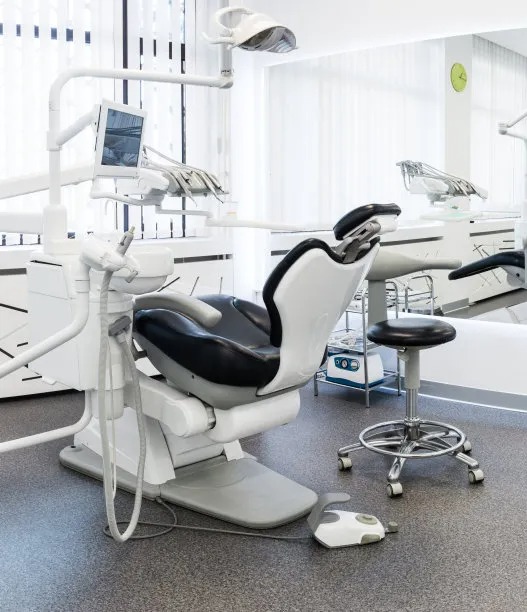Essential Precautions You Should Take Before and After Receiving a Dental Filling to Ensure Optimal Recovery
Summary: Dental fillings are a common procedure and essential for maintaining oral health. However, knowing the precautions to take before and after the treatment can significantly enhance recovery and minimize discomfort. This article will elaborate on four critical areas: pre-treatment preparations, post-treatment care, managing discomfort, and understanding the filling material’s aftercare. Each section provides valuable insights to ensure optimal recovery following a dental filling, assisting patients in navigating their dental health journey successfully.
1. Pre-Treatment Preparations for Dental Fillings

Before undergoing a dental filling, proper preparation is key to a successful procedure. Begin by consulting with your dentist and discussing any concerns or questions you may have. This step will aid in decreasing anxiety and establishing confidence in the treatment process.
Inform your dentist of any medications you are currently taking, especially blood thinners or antibiotics, as these can influence your treatment. Additionally, if you suffer from any allergies, detailing them to your dentist helps avoid complications during the procedure.
It’s also advisable to avoid eating heavy meals just before your appointment. A light meal will ensure that your stomach isn’t overly full, reducing any discomfort, especially if local anesthesia is required. Arriving at the clinic well-prepared enhances your overall experience.
2. Post-Treatment Care for Dental Fillings
After receiving a dental filling, following specific care instructions is crucial for an optimal recovery. Initially, be mindful of the anesthesia; its effects can make your mouth feel numb for several hours. To prevent accidental biting of the cheeks or lips, delay eating and speaking until sensation returns.
Upon returning home, consider avoiding hard or sticky foods for a few days. Sticking to softer foods will reduce strain on the filled tooth, allowing it to settle properly without disruption. Drinking plenty of water and maintaining good hydration is also essential in the recovery process.
Moreover, practicing excellent oral hygiene by gently brushing your teeth is vital. However, avoid the area with the filling for the first day to prevent irritation. Once healed, resume your normal dental care routine but be cautious around the treated area until you confirm it is fully set.
3. Managing Discomfort After Fillings
Experiencing minor discomfort or sensitivity after a dental filling is common. To manage this, over-the-counter pain relievers such as ibuprofen or acetaminophen can be effective. They help alleviate any post-treatment pain and reduce inflammation.
If sensitivity persists beyond a few days, it may indicate other underlying issues. Do not hesitate to schedule a follow-up appointment with your dentist to address any concerns regarding the filling or potential complications. A timely consultation can prevent more serious issues and ensure the success of the treatment.
Additionally, applying a warm compress to the outside of your cheek may provide relief for any swelling or discomfort you might be experiencing. This simple remedy can enhance comfort levels during the recovery period.
4. Understanding Filling Material Aftercare
Dental fillings can be made from various materials, including composite resin, amalgam, or gold. Each material has its own set of care instructions, so ask your dentist about any specific aftercare needed. For instance, composite resin fillings may require additional time to cure, so special care should be taken not to disturb them.
If you chose amalgam fillings, it is advisable to wait at least 24 hours before eating hard foods to allow the filling to set properly. Understanding these material-specific guidelines can prevent damage to the filling and ensure the longevity of the treatment.
Furthermore, scheduling regular dental check-ups is essential for maintaining the quality of your fillings. During these visits, your dentist can assess the condition of the filling and recommend any necessary maintenance or adjustments, keeping your oral health in check.
Summary:
The road to recovery after a dental filling can be made easier by adhering to essential precautions. From pre-treatment preparations to post-treatment care, managing discomfort, and understanding the aftercare for various filling materials, each step contributes to optimal recovery. A diligent approach will ensure that your dental restoration is effective and long-lasting.
This article is compiled by Vickong Dental and the content is for reference only.


